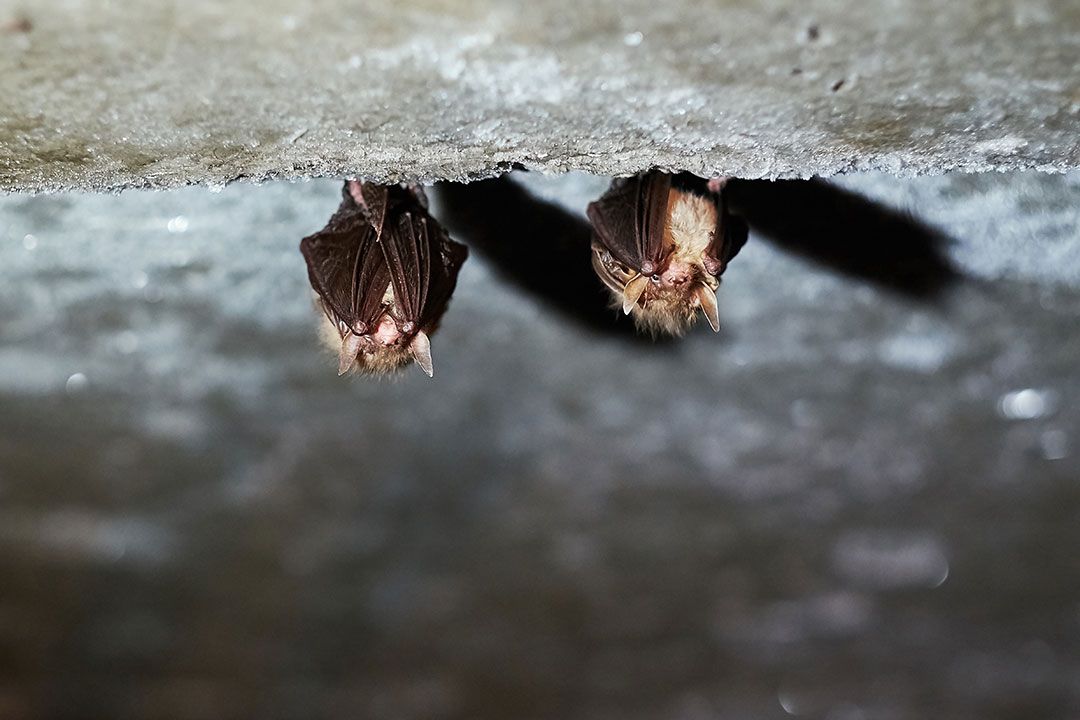Rabies is a serious health concern for pets, and it’s important for pet owners to be informed. This blog post focuses on helping you understand the symptoms of rabies, a condition that affects both dogs and cats. We’ll discuss how bats, the primary carriers in our area, can infect your pets, even cats that might encounter them indoors. If you have questions or concerns after reading this post, we encourage you to call Palos Animal Hospital at (708) 448-6600 for further assistance and to schedule an appointment.
Understanding Rabies in Pets
Rabies is a viral disease that affects the nervous system of mammals, including dogs and cats. It is usually fatal once symptoms appear. The virus is most commonly transmitted through the bite of a rabid animal, often a wild one like a bat.
Bats are the main carriers of rabies in our area. They can slip into homes, putting indoor pets at risk. Understanding this risk helps in taking preventative measures to protect your pets.
Common Symptoms in Dogs
If your dog has been bitten by a bat or another animal, it’s essential to watch for these symptoms:
- Behavioral Changes: Your dog may seem more anxious, aggressive, or withdrawn than usual.
- Fever: A sudden fever can indicate an infection, possibly rabies.
- Seizures: Watch for any unusual twitching or shaking, a sign of neurological problems.
- Paralysis or Weakness: This often starts in the hind legs and can progress throughout the body.
- Drooling or Foaming at the Mouth: Excessive drooling can be a symptom of rabies, especially if accompanied by other signs.
- Difficulty Swallowing: This can lead to drooling and is known as “dumb rabies.”
- Loss of Appetite: A sudden disinterest in food is a common sign of illness in dogs.
- Sudden Death: If untreated, rabies can lead to death very quickly.
When to Call the Vet
If you notice any of these symptoms in your dog, contact Palos Animal Hospital immediately at (708) 448-6600. Time is crucial for a potentially rabid animal.
Common Symptoms in Cats
Cats can also contract rabies. Here are the symptoms to look out for:
- Aggression: A normally calm cat might become irritable or aggressive.
- Restlessness: Watch for signs of unease or constant movement.
- Fever: Like in dogs, a fever in cats can be a sign of infection.
- Seizures: Any form of convulsion or seizure is a serious symptom.
- Muscle Weakness: This can be particularly noticeable in the hind legs.
- Difficulty Breathing: If your cat seems to struggle with breathing, it’s a red flag.
- Excessive Drooling: This could be a sign of difficulty in swallowing.
- Sudden Death: As with dogs, rabies can lead to a swift and tragic end.
Protecting Your Pets
To safeguard your pets, especially from bat encounters, ensure your home is secure and your pets are vaccinated against rabies. Regular check-ups at Palos Animal Hospital can also help in early detection and prevention.
Final Thoughts
Rabies in pets is a serious matter. By being aware of the symptoms and taking preventative steps, you can help ensure the health and safety of your dogs and cats. If you suspect that your pet may have been exposed to rabies, or if you observe any of these symptoms, please call Palos Animal Hospital at (708) 448-6600 immediately. Early intervention is key to the best possible outcome for your beloved pet.



